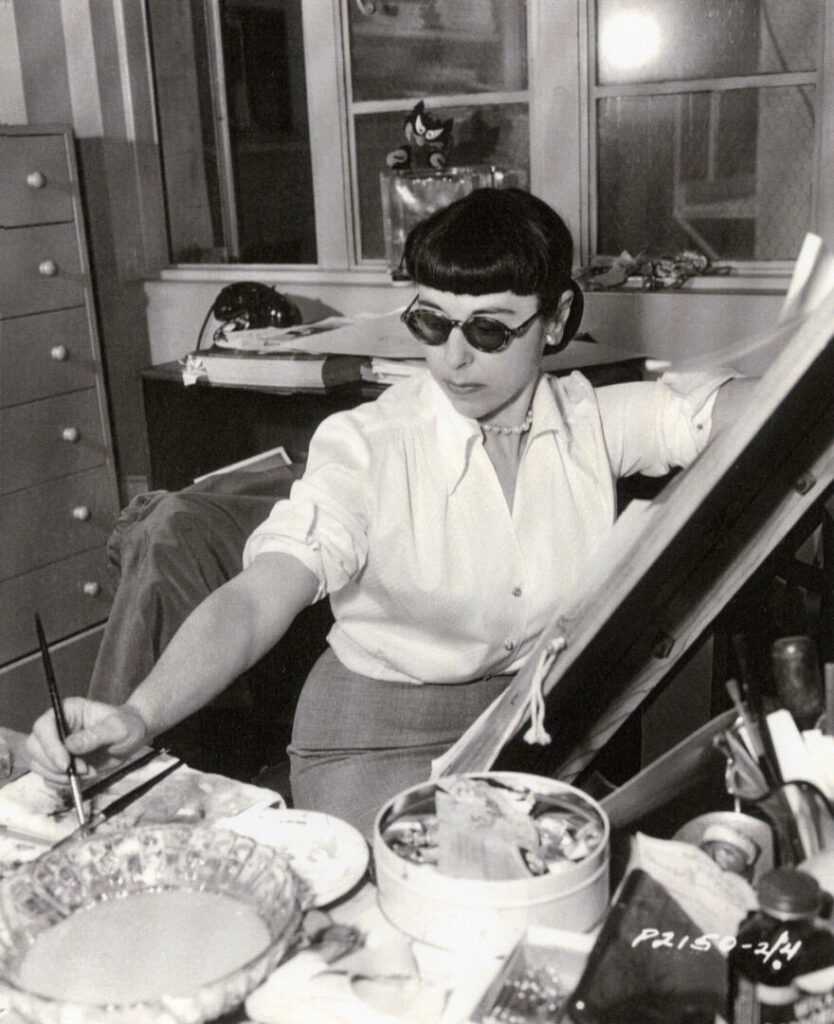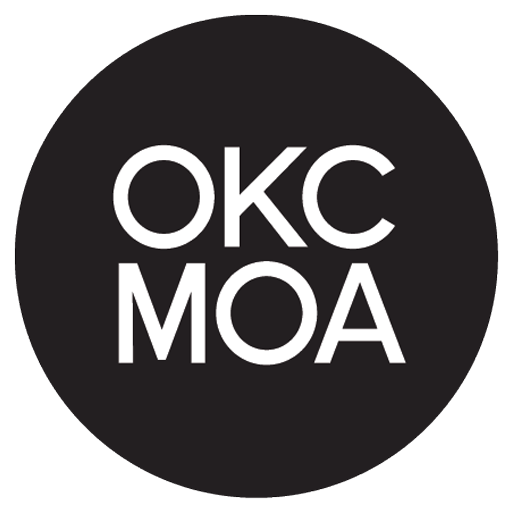EDITH HEAD’S DESIGN PROCESS
“A costume designer has to be a combination of psychiatrist, artist, fashion designer, dressmaker, pincushion, historian, nursemaid, and purchasing agent.” – Edith Head
Completing on average thirty-five films per year, the costume department would have wardrobes for multiple films in progress at the same time. The design process started with reading the film script and mapping out a wardrobe plot, which lists out the characters and descriptions of the costumes and the sequence in which they would be used. If it was a historical film, researchers used Paramount’s large library to provide pictures and facts from the period. Head and the sketch artists would then create sketches of the costumes.
Head would select fabric from Paramount’s huge fabric warehouse or order new fabric if needed. The final sketches, often with swatches of the chosen fabric attached, went to the producer, director, and star for approval. Head would also work with the camera operators and art directors to make sure the colors and materials would work with the set design and lighting. Then, the finished sketches went back to the workroom for costume construction, which she would oversee. Head usually required three personal fittings with the stars, and, if the budget allowed, a camera test would be done before film production began.
Visual Description: To the right of the “Edith Head’s Design Process” didactic panel are twenty framed sketches, arranged in two rows of ten sketches each. The individual sketches are approximately a foot wide and one foot and 4 inches tall. Each sketch features a woman in the center of the sheet. The women depicted wear costumes that range from glamorous floor-length evening gowns to colorful day dresses and muted skirt suits. Several of the sketches also have Edith Head’s signature, fabric swatches, and handwritten notes related to garment construction or the featured film character.
Edith Head at work. Courtesy of The Paramount Pictures Archive
———————————————————————————————————————————————————————————
PROCESO DE DISEÑO DE EDITH HEAD
“Una diseñadora de vestuario debe ser una combinación de psiquiatra, artista, diseñadora de moda, modista, alfiletera, historiadora, niñera y agente de compras”. – Edith Head
Al completar un promedio de treinta y cinco películas al año, el departamento de vestuario solía tener vestuario para varias películas en proceso al mismo tiempo. El proceso de diseño comenzaba con la lectura del guion de la película y la elaboración de una trama de vestuario, que enumeraba los personajes y las descripciones de los trajes y la secuencia en la que se utilizarían. Si se trataba de una película histórica, los investigadores utilizaban la gran biblioteca de Paramount para proveer fotografías y datos de la época. Luego, Head y los dibujantes creaban bocetos del vestuario.
Head seleccionaba telas del enorme almacén de telas de Paramount o pedía telas nuevas si era necesario. Los bocetos finales, a menudo con muestras de la tela elegida, se entregaban al productor, al director y a la estrella para su aprobación. Head también trabajaba con los operadores de cámara y directores de arte para asegurarse que los colores y materiales funcionaran con el diseño del escenario y la iluminación. Luego, los bocetos terminados regresaban al taller para la construcción del vestuario, que ella misma supervisaba. Head normalmente requería tres pruebas personales con las estrellas y, si el presupuesto lo permitía, se realizaba una prueba de cámara antes de comenzar la producción de la película.
Descripción Visual: A la derecha del panel didáctico “Proceso de Diseño de Edith Head” hay veinte bocetos enmarcados, ubicados en dos filas de diez bocetos cada uno. Los bocetos individuales miden aproximadamente un pie de ancho y un pie y 4 pulgadas de alto. Cada boceto presenta a una mujer en el centro de la hoja. Las mujeres representadas visten trajes que van desde glamurosos vestidos de noche hasta el suelo hasta coloridos vestidos de día y discretos trajes de falda. Varios de los bocetos también tienen la firma de Edith Head, muestras de tela y notas escritas a mano relacionadas con la construcción de la prenda o el personaje de la película.
Edith Head en el trabajo. Cortesía del Archivo de Paramount Pictures




